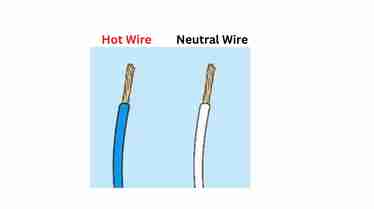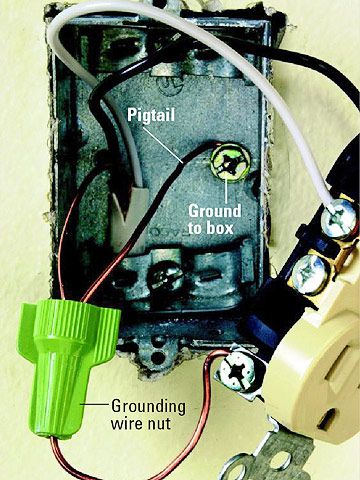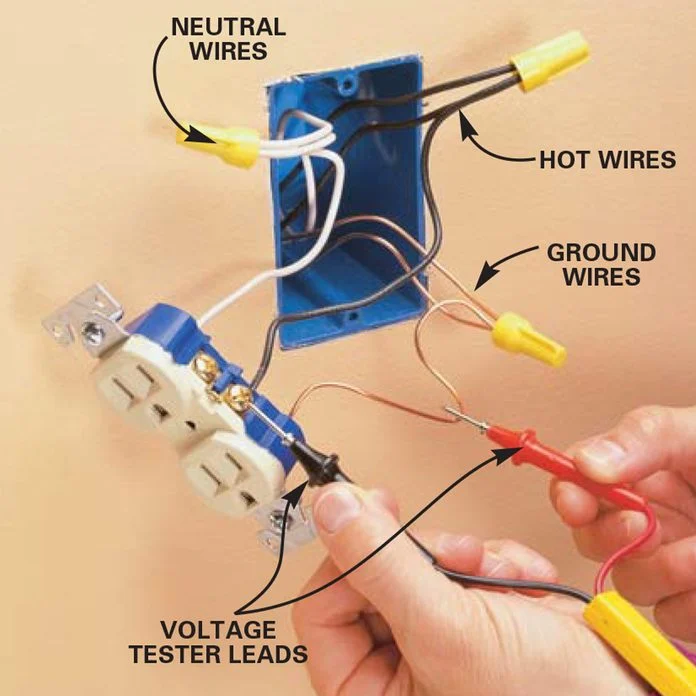The electrical wiring in your house is responsible for powering all the electrical devices in the house. And how this wiring is done will impact how efficient your home’s electrical connections are.
Two types of circuits are used to power multiple electrical devices: series and parallel. The latter is more common in residential homes, though. But to understand how the two differ, we need to look at each. Here we discuss how to wire multiple outlets in parallel as well as wiring multiple outlets in series.
How to Wire Multiple Outlets
To wire multiple outlets, you will need a double gang box. This box will hold the wires that will go to the outlets and the wires coming from the panel. In essence, you will have two sets of wires, the first coming from the main panel and the second for the outlets. Here is a breakdown of how to wire multiple outlets.
Step One: Separate Hot & Neutral Wires

The first thing you want to do on the double gang box is to get the hot and neutral wire out of the way so that you can connect the ground wire. It is important to connect the ground wire to the metal box as well as to the outlets.
Step Two: Hook The Ground Wire

Take one of the ground wires in the metal box and loop it around one of the screws that secure the metal box. They tighten the screw and then take the other ground wire to connect them. You want to connect the two ground wires with a pigtail.
This is where you use an extra wire to connect the two. Make sure the wire you use is of the same color as the two ground wires. The end of the pigtail is the one meant to go to the outlets or switch.
Merge the three wires together and use a pair of pliers to twist them. Once you are done, it is a good idea to add a wire nut on the end of the connection. Push the wires back into the box so they are tucked away with the extra wire sticking out.
Step Three: Connect the Hot and Neutral Wires
Once that is done, it is time to join the hot and neutral wires. Ensure you join hot to hot and neutral to neutral. In most cases, they will be black and white wires. So join the black wires together and the white ones together.
Use a wire stripper to remove the outer sheath of the wire to expose the bare neutral and hot wires. Use the same pigtail technique on the hot and neutral wire as well. There is no rule on which set of wires you should start with.
Add a wire nut on the connection as well. Once you are done, fold the wires back into the box. Then strip the ends of the hot and neutral pigtail wires.
Step Four: Connect The Outlets

The final step is attaching the outlets to the wires. Start with the first outlet, connect the black wire to the brass terminal screws of the outlet. Hook it around the screw and tighten it. The white neutral wire should be hooked to the silver terminal screw of the outlet. The ground should go to the ground terminal.
Once all the wires are connected, attach the outlet and fix it to the wall with screws. Repeat this for each outlet you want to have in the circuit. However, the process will be slightly different for the last outlet.
On the very last outlet, there is no need for a pigtail. On the last outlet you are going to have two wires coming in and nothing going out.
Instruments Needed
- A double gang box from where to do the connections
- A pair of wire strippers to strip the white and black or red wires
- A pair of pliers to twist the wires together
- Outlets that you want to connect
- Wire nuts that you fix onto the ends of the wire joints
Series vs. Parallel Wiring Outlets

Series and parallel wire circuits are designed to power multiple devices. However, the two go about this differently. In a series circuit, the electrical current flows in one path. In this regard, the circuit is a closed circuit and the devices are connected in a continuous row.
As such, if one device fails or is disconnected, the whole circuit is interrupted. These types of circuits are not common in residential homes. However, series wiring is what you find in Christmas lights wiring.
Parallel circuits, on the other hand, is also closed circuit; however, the current is divided into multiple paths. The paths then come together to complete a full circuit. In this way, each device is wired in such a way that it is not in constant contact with the main pathway.
Most homes have this type of wiring, where the outlets, switches, and fixtures are all wired in this way. In each device, the hot and neutral wires have a circuit pathway that is independent of the main circuit. This is usually done by pigtailing, where the pigtails are the entry and exit to the current flow.
In a parallel circuit, failure by one device does not affect the other devices in the line. This is why the parallel circuit is recommended for homes.
Safety Measures to Take
- When making any electrical connections or wiring ensure the power is off. You can use a tester to check if there is power to any of the wires you are working on.
- Use wire nuts to seal the pigtail joints you make on all wires
- Wrap the sides of the outlets with black tape to make sure that there is no interference with the wiring when someone handles the outlet.
- Ensure the ground wires are physically connected to the metal box you are using
Frequently Asked Questions
Are there times when a series circuit should be used over a parallel one?
Yes, a series circuit can be used over a parallel where you have a single ground-fault circuit interrupter outlet, that protects other outlets.
Which is the hot wire that goes to the outlet?
In standard 120 volt wiring, the hot wires are usually black, red, or sometimes purple. But in most cases, the wire is black in color. The neutral is always white in color while the ground is a bare wire.
What is the purpose of pigtailing wires?
The pigtail is created by twisting two wires of the same color and adding a short wire of the same color. This is done to split the electrical path, thus providing power to the outlet as well as powering the other outlets downstream.
Conclusion
Proper electrical wiring is important in your home to prevent short circuits and damage to electrical devices. In most cases residential homes feature the parallel type of wiring. And knowing how to wire multiple outlets in parallel is important if you want to handle the wiring yourself.
